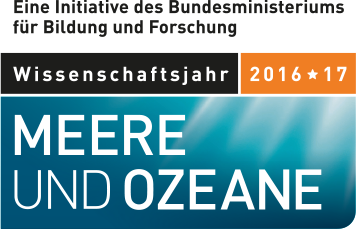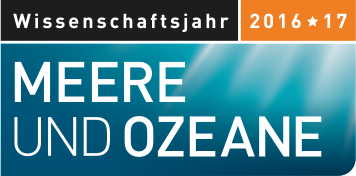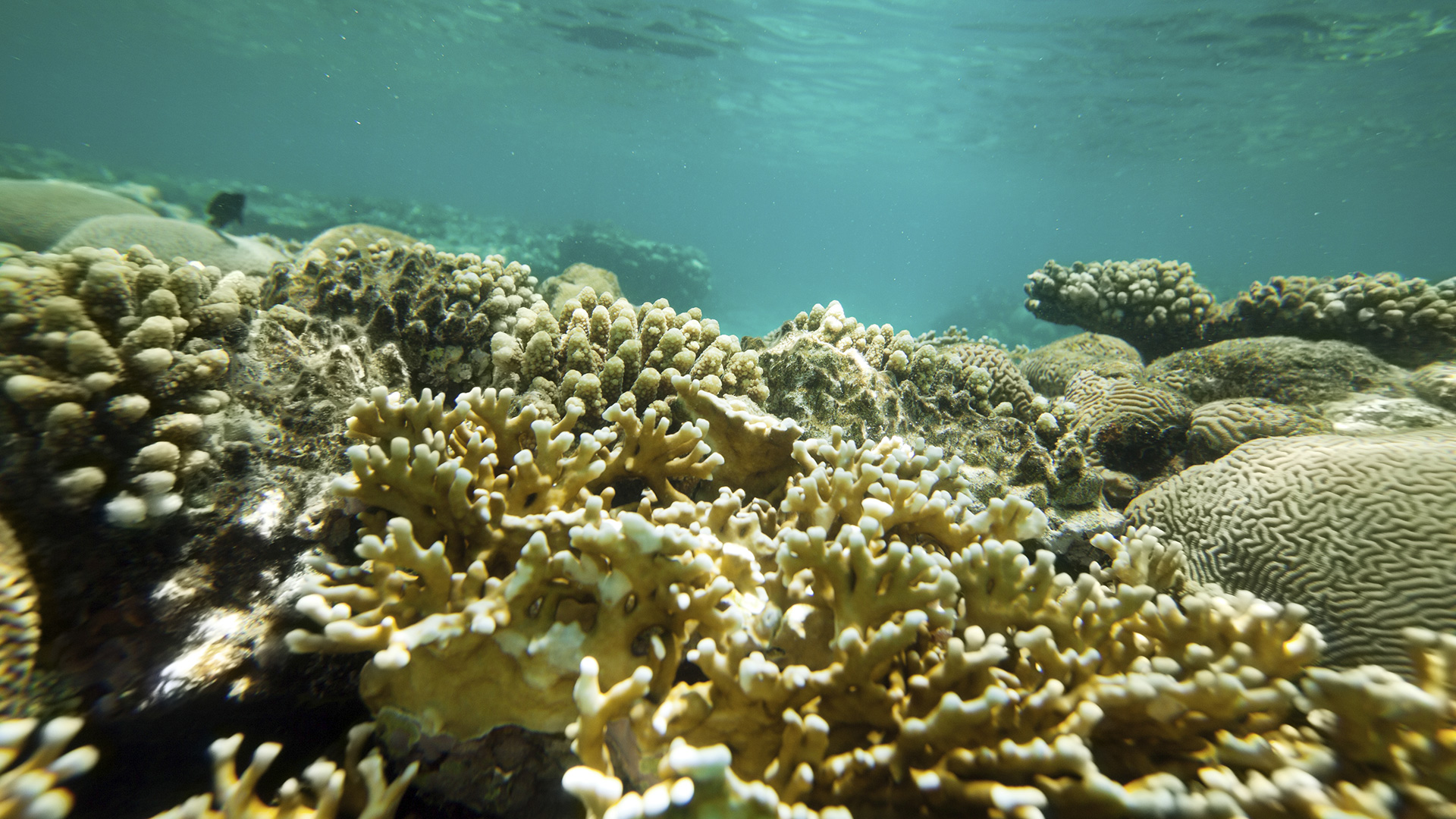Exploring the sea floor off South Georgia
The Antarctic Island of South Georgia is famous for its biological diversity: The water around this strip of land, which is approximately 160 kilometres long, is populated by remarkably large numbers of whales, seals, penguins, krill and sea birds. Yet what little knowledge there was previously about life on the sea floor was limited to fishery bycatch.
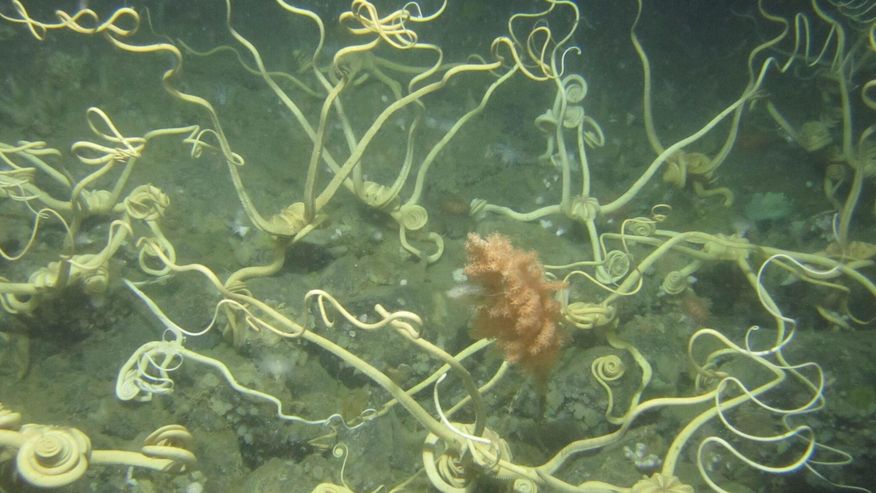
"We knew practically nothing about the communities formed by fauna on the sea floor or whether they prefer certain environmental conditions," says Hogg. For his doctoral thesis he is gathering data on topography, ocean currents, temperatures and other environmental conditions. He uses this information to produce maps so that he can predict how different habitats are distributed around South Georgia. Since 2012, a million square kilometres of sea around South Georgia has enjoyed the status of a Marine Protected Area. "However, we know very little about where the particularly sensitive ecosystems are or what environmental conditions give rise to a high level of biodiversity, so we need more biological information to underpin this protection," Hogg explains.
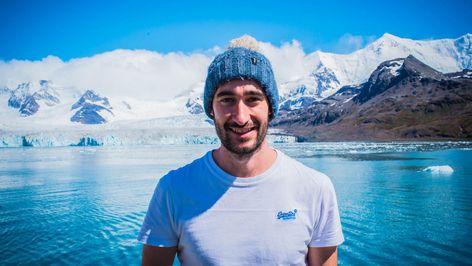
Oliver Hogg is a marine biogeographer who has worked on various projects at the British Antarctic Survey in Cambridge since 2009. He investigates the way biological communities in the oceans are influenced by different environmental conditions. Since 2014 he has been carrying out studies on biodiversity for his PhD at some of the remotest islands on Earth including South Georgia.
He had the opportunity to take a look at the previously unknown world of the sea floor around South Georgia in January 2017. As a participant in a five-week long MARUM-led expedition to South Georgia by the German research vessel METEOR he was able to get up close and observe the biodiversity of the sea floor with the aid of MARUM-SQUID, a remotely operated underwater vehicle (ROV) equipped with cameras.
The primary aim of the expedition was to examine a number of methane sources in more detail after they had been discovered on the continental shelf off South Georgia in 2013. But there was something for Oliver Hogg as well. The most spectacular find occurred by chance, as Hogg explains: "The ROV was exploring a shallow incline when it almost crashed into a near-vertical rock face which appeared as if out of nowhere." Everything was suddenly teeming with life right next to a relatively barren valley floor. "It was impossible to see the rock face due to all the corals, brittle stars and glass sponges," Hogg recalls.
"In order to be able to protect this sea-floor biodiversity in the future, we may have to rethink existing approaches. We need to find a way to protect these kinds of precious small-scale structures too."
Further information:
